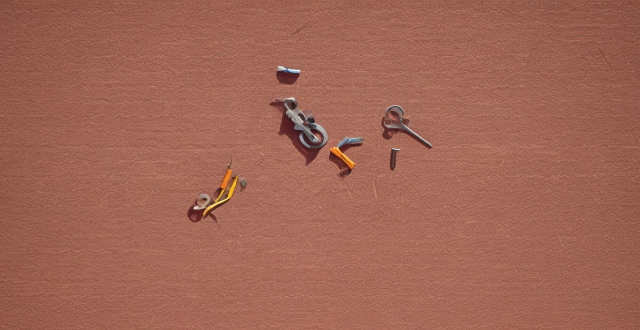Changing your car's brake pads is a feasible DIY task that requires mechanical knowledge, the right tools, and patience. This step-by-step guide outlines the materials needed, detailed steps from preparation to reassembly, and concludes with a note on the importance of safety and seeking professional help if uncertain.

Can I Change My Car's Brake Pads Myself?
Changing your car's brake pads is a task that many car owners can undertake themselves. However, it requires a certain level of mechanical knowledge, the right tools, and patience. Here's a step-by-step guide to help you understand the process:
Materials Needed
Before starting the job, ensure you have all the necessary materials:
- New brake pads
- A jack and jack stands
- A lug nut wrench
- A caliper piston tool
- A c-clamp or similar tool
- Anti-seize compound
- Brake cleaner
- Allen keys or hex wrenches
- A torque wrench
Steps to Change Brake Pads
1. Preparation
- Safety First: Always work on a flat, stable surface and use wheel chocks to prevent the car from moving.
- Jack Up the Car: Use a jack to lift the car and place jack stands underneath for support.
- Remove the Tires: Unbolt the tires using a lug nut wrench.
2. Remove the Caliper
- Access the Caliper: Remove the caliper bolts with an Allen key or hex wrench. Keep in mind the correct torque settings for reassembly.
- Caliper Removal: Gently hang the caliper with a bungee cord or wire to avoid putting stress on the brake hose.
3. Replace the Old Pads
- Clean the Caliper: Use brake cleaner to clean the caliper mounting surface and surrounding area.
- Replace the Pads: Insert the new brake pads into the caliper bracket, applying anti-seize compound to the slide pins if necessary.
4. Piston Compression
- Compress the Piston: Use a caliper piston tool or c-clamp to gently compress the piston back into the caliper to make room for the new, thicker pads.
5. Reassemble the Caliper
- Mount the Caliper: Place the caliper back over the new pads, aligning it with the anchor points, and tighten the bolts to the specified torque setting.
6. Bleeding the Brakes (If Necessary)
- Check for Air in the Lines: If the brake pedal feels spongy after replacing the pads, you may need to bleed the brakes to remove any air from the system.
7. Reinstall the Tires and Lower the Car
- Tighten the Lug Nuts: Place the tires back on and tighten the lug nuts in a star pattern to evenly distribute pressure.
- Lower the Car: Use the jack to carefully lower the car to the ground and remove the jack stands.
8. Torque and Test
- Torque the Lug Nuts: Use a torque wrench to tighten the lug nuts to their specified torque value.
- Test the Brakes: Take the car for a test drive in a safe area, checking for even braking performance and no unusual noises.
Conclusion
Changing your own brake pads is definitely possible with the right tools and knowledge. However, if at any point you feel unsure about your ability to complete the task safely or correctly, it's best to consult a professional mechanic. Safety should always be the top priority when working on your vehicle.